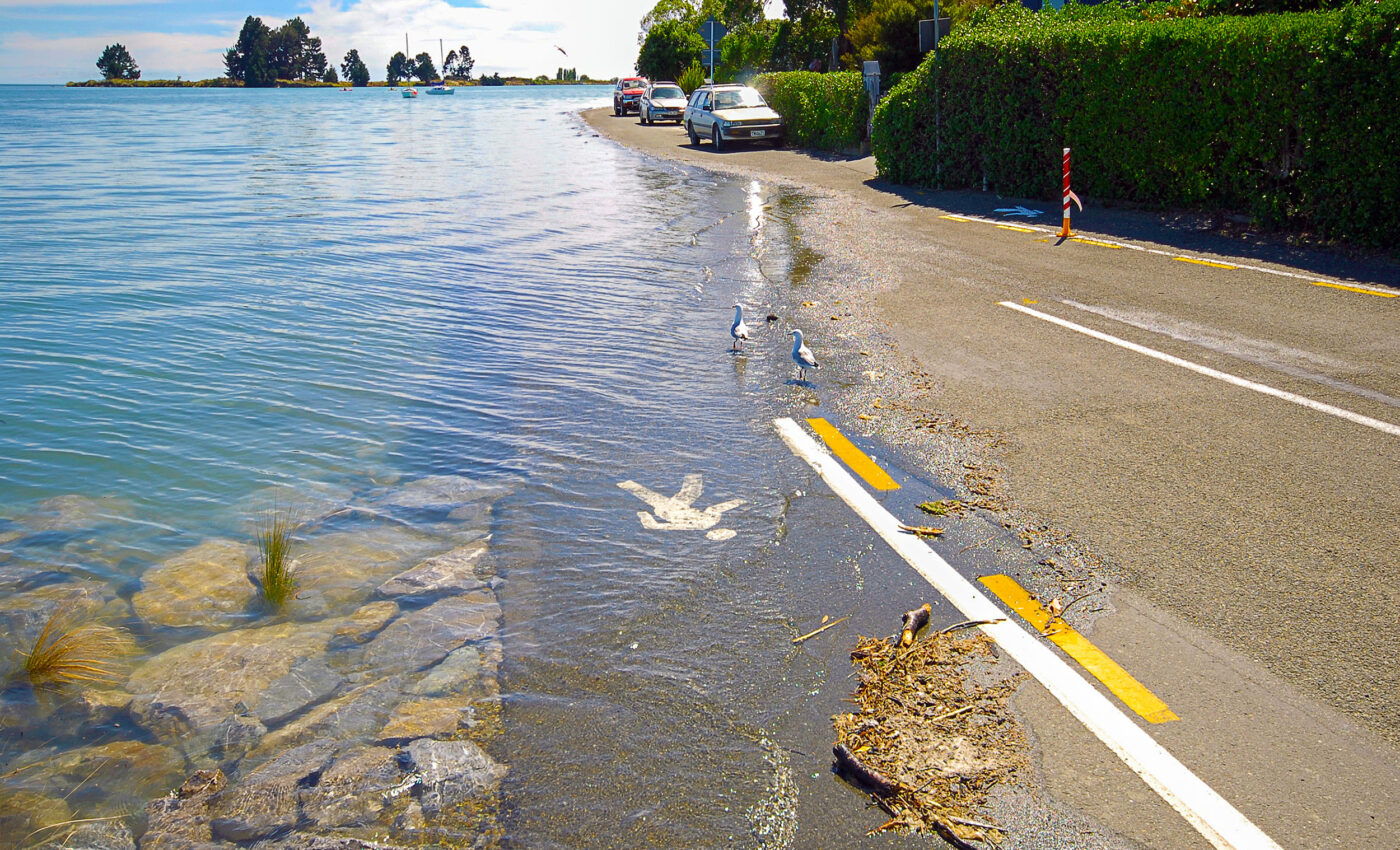
Climate migration patterns will result in rapidly aging coastal populations
In a world grappling with the realities of climate change, Florida State University researchers are shedding light on a critical aspect of this global challenge: the climate migration patterns influenced by rising sea levels.
Their study reveals a complex web of demographic shifts, with far-reaching implications.
Migration patterns and coastal populations
The study, spearheaded by Associate Professor of Sociology Matt Hauer, doctoral student Sunshine Jacobs, and computational scientist Scott Kulp, focuses on the demographic changes driven by climate-induced sea level rise.
It foresees younger populations moving inland, leaving older residents in coastal areas. This demographic shift poses unique challenges for both the departing and receiving communities.
Hauer explains that cities receiving these young migrants will need to adapt sustainably to their growing populations. This includes bolstering infrastructure and services like healthcare, construction, and various service industries.
“You get a demographic amplification,” Hauer remarks, highlighting the ripple effect of migration on community structures.
Conversely, the aging coastal communities face the loss of crucial human resources, including healthcare workers.
Hauer stresses the potential spike in the median age in these areas, possibly by as much as ten years by 2100. This accelerated aging could profoundly impact the socio-economic fabric of these regions.
Broader perspective on climate migration
The research team employed a novel migration model using data from Climate Central and U.S. Internal Revenue Service migration patterns.
This model predicts county-by-county migration across the U.S. and can be adapted to study various environmental and economic hazards.
Jacobs emphasizes the model’s potential in understanding different migration triggers, such as heat events, wildfires, and economic factors. “The future uses and implications of the model are amazing,” she notes.
Significantly, the study reveals that indirect migration processes could lead to 5.3 to 18 times more climate migrants than those directly displaced by rising seas.
This finding underscores the complex interplay between environmental factors and human mobility.
Preparing for future challenges
This research by FSU is crucial in understanding how climate change shapes human migration patterns.
Funded by various organizations, including the State of Louisiana and the New York State Energy Research Development Authority, the study is a pivotal step towards preparing for and adapting to the demographic shifts in the era of climate change.
In summary, as we face the challenges brought forth by environmental changes, studies like these provide valuable insights, guiding policies and strategies to cope with the emerging new world dynamics.
The full study was published in the Proceedings of the National Academy of Sciences.
—–
Like what you read? Subscribe to our newsletter for engaging articles, exclusive content, and the latest updates.
Check us out on EarthSnap, a free app brought to you by Eric Ralls and Earth.com.
—–













